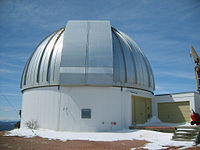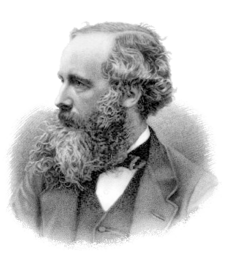While this study might seem like a dream come true for some, it also requires you to keep your head at a 6 degree decline the entire time. Also, getting out of bed for any reason is not allowed. Eating, bathing, and using the restroom all must take place in the bed. All you need to do is grab some books, movies, video games, or whatever activity you’d like and let scientists observe you atrophy for three months.
While in space, astronauts have a difficult time getting the amount of physical activity required, and their bodies start to atrophy. Depending on the individual, it can take months to get rehabilitated once they are back on the surface of Earth. Sleep studies allow scientists to observe the effects of inactivity on the body, and also to understand what the body needs to reintegrate to normal life.
Though it seems counterintuitive, couch potatoes need not apply for the sleep study. Participants must be in shape beforehand. NASA is seeking healthy non-smokers who can pass the Modified Air Force Class III physical examination.

















































